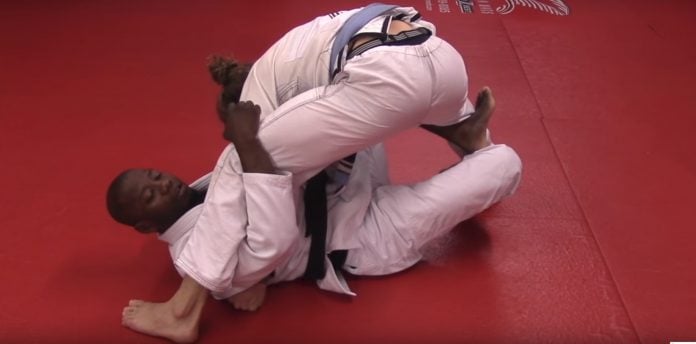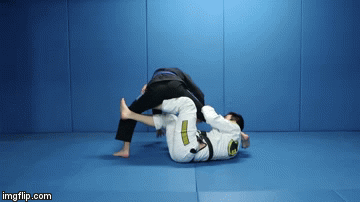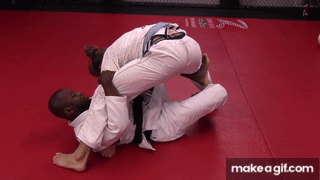
The X Guard is one of the most effective open guard positions in Brazilian Jiu-Jitsu. People usually discover the X-Guard fairly early, somewhere around a blue belt. Those that decide to stick with it, become virtually unstoppable up until they earn their black belt. The X-Guard offers great security, multiple sweep options, and easy entries and transitions. A lot of this is due to the fact that when in X-guard, you’re underneath your opponent, which makes their base really easy to control. However, if you like to use submissions, especially leg locks, there’s a better option than the regular X-Guard. It is called the Reverse X-Guard and it offers everything the regular X does, and then some.
The Reverse X guard came into power after the leg lock game exploded. Actually, even with leg locks now considered a mainstay in Jiu-Jitsu, the use of the Reverse X-Guard is still very scarce. The reason for this is that most people find it a bit unusual to play. the main reason for this is that they are so used to playing the regular X, that building new habit is now extremely difficult. Yet it is not impossible and you can do it with ease, as long as you understand the position and its purposes.
The man responsible for shedding light on the Reverse X-Guard position is none other than grappling phenom Craig Jones. Known as one of the primer leg lockers of today, Craig first introduced the Reverse X-Guard in his “Down Under Leg Attacks” DVD set. In this instructional, Craig goes over every little detail that makes this guard so effective. There’s a large portion of the instructional dedicated to the Reverse X, making it the best learning tool for this position so far!
The Reverse X-Guard Position
The Reverse X-POsition is actually very very similar to the regular X guard. There are only subtle changes in the placement of the feet, from a structural standpoint, Yet, these changes make the guard position that much more effective. The X guard is actually the best spot to get into the Reverse X from. Namely, you need to have a very traditional X-Guard, where you have the opponent’s leg on your shoulder, with an arm wrapped around their knee. If you can’t sweep from there, or want to go straight into high level eg attacks, it’s time to switch to a Reverse X-Guard.

AS you’ll see further in this article, there’s also a version of low Reverse X-Guard which truly changes the dynamics of the position. Furthermore, getting into the guard is really easy from a multitude of other positions. Both the butterfly guard and Single leg-X guard are great transitioning positions. The Reverse X is also readily available form most half guard variations, in particularly the butterfly half.
Leg Lock Entries From The Reverse X-Guard
Getting leg locks to form the Reverse X-Guard is easy! Well, getting into Ashi Garami is, the rest is down to your leg locking abilities. The one most important thing to remember about leg locks from the Reverse X-Guard is a balance. The opponent has to have their arms on the ground for you to have any hope of attacking. The main goal of this is to gain access to the hips so that you can elevate them. This is where the Reverse X excels. The position of the legs means that you can lift the opponent in the air with ease, exposing both legs for attacks. However, it’s the far one you’re really after.


Sweeps And Transitioning












































